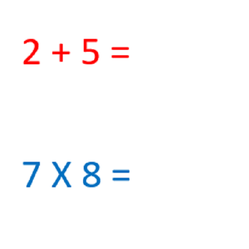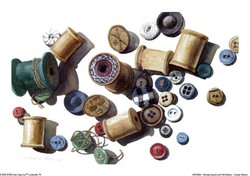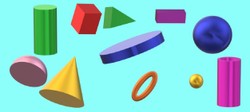S.T.E.M. learning resources can help a child learn the S.T.E.M. courses, but more importantly such resources can instill an interest. Once a child develops an interest in a subject the difficulty of tutoring the child will be greatly reduced, whether the child is being homeschooled or just struggling in a traditional school. If enough interest is instilled the child might just seek out skills beyond school.
To get started we should know exactly what S.T.E.M. stands for. The letters stand for science, technology, engineering, and mathematics. Of these, mathematics is the key. Without a sound mathematics background, the other S.T.E.M. disciplines cannot be mastered. It is also the subject that is the most abstract.





















 Multivariable Calculus: Gradient, Divergence, and Curl19 days ago
Multivariable Calculus: Gradient, Divergence, and Curl19 days ago
 UAPs, Formerly UFOs, If They Are Real How Can We Explain Their Arrival to Earth?20 days ago
UAPs, Formerly UFOs, If They Are Real How Can We Explain Their Arrival to Earth?20 days ago
 Polar Coordinate System22 days ago
Polar Coordinate System22 days ago
 Aurora Can Disrupt Electrical Devices And Even the Grid?23 days ago
Aurora Can Disrupt Electrical Devices And Even the Grid?23 days ago



Comments
We had the abacus in the first grade, and cardboard pies for fractions in the second. Back in the 50s there was not much else available. Now, more is coming out every year.
We never had any math study aids here except for the abacus in first grade. I think working with objects is really important, as is associating math with important problems in the real world.
I believe the reason it is less interesting to many is the manner it is forced on them. A student who can multiply still has to work countless problems because they are assigned. Moving on and being allowed a feeling of accomplishment is far better.
blackspanielgallery, Thank you for the practicalities and products. Even though it is so true that "Rote learning should be ending as a student moves from the early grades into the middle school grades, and the transition should be complete by the high school grades," is it possible that those early years of seeming drudgery can mark a student who also is sorting out social skills? Is it possible that one of the reasons maths may seem less interesting and relevant is that it isn't an easy, friend-making, ice-breaking conversation topic outside of class and homework? (I pose this as I ponder why I never disliked maths.)